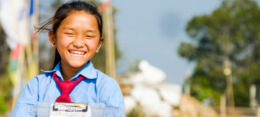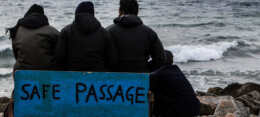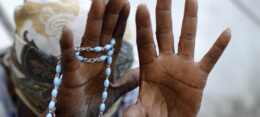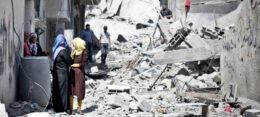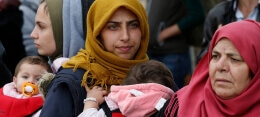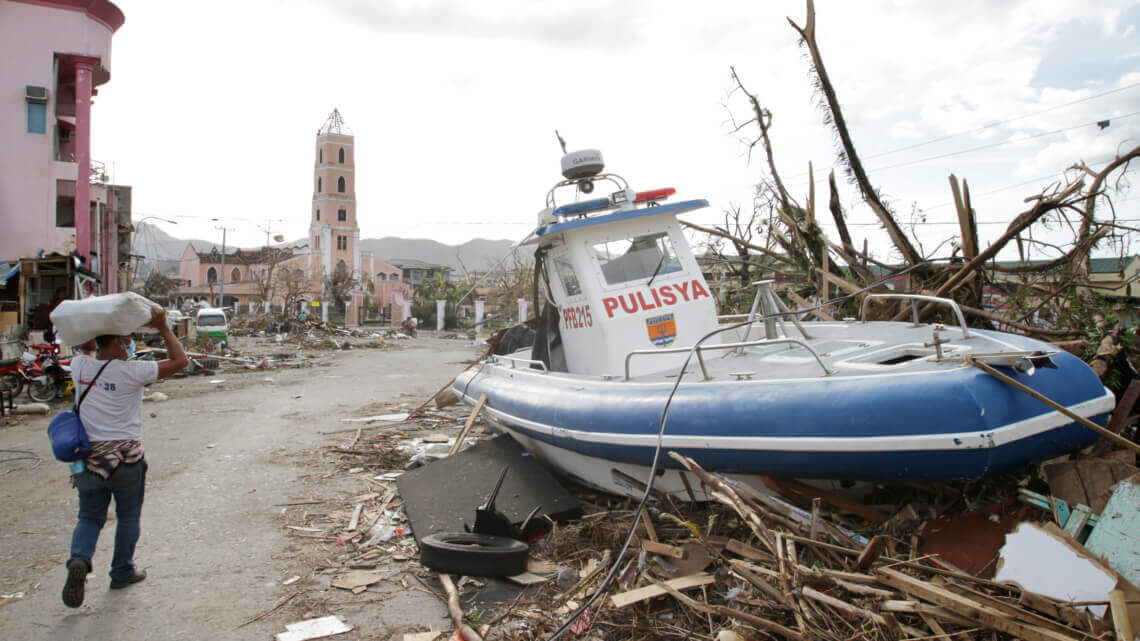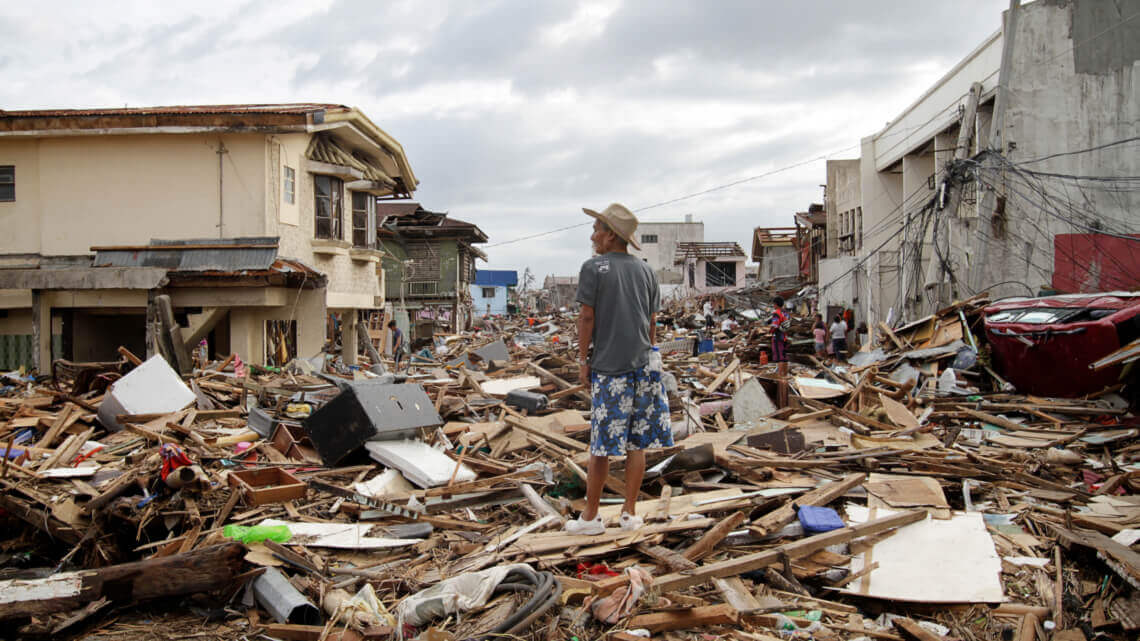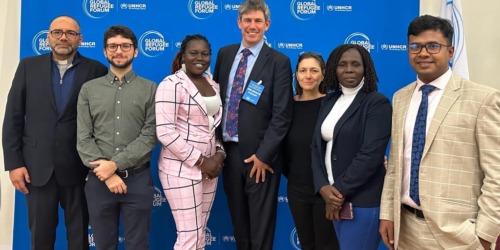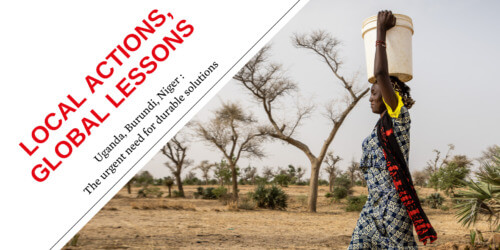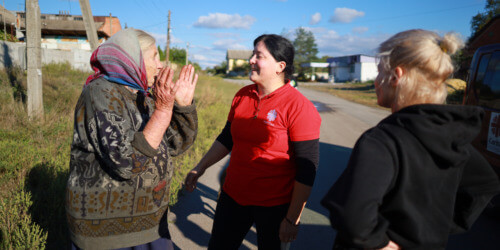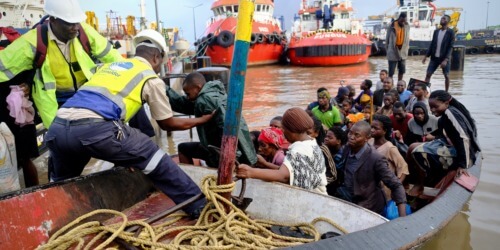One approach: Disaster risk reduction
Disaster risk reduction (DRR) aims to reduce the vulnerability of populations by preparing them to react appropriately to threats. This is brought about by adopting measures to reduce the impact of disasters (known as mitigation in the field of disaster studies) and through working on prevention. Actions are then implemented over the long term and attention is given to improving communities’ living conditions.
“We must go beyond providing food, water, or temporary shelter to disaster areas,” explains Marisol Martinez, the point of contact for DRR at Caritas International. “DRR is an approach that brings together community members to analyze and find answers to a specific threat with special attention to the practical knowledge of the threatened community.”
Caritas International’s Strategy
Caritas International bases its DRR strategy on priorities 1 and 3 of the Sendai Framework for Disaster Prevention:
- Priority 1: Understanding Disaster Risk (based on an understanding of disaster risk in all its dimensions of vulnerability, capacity, exposure of persons and assets, hazard characteristics and the environment).
- Priority 3: Investing in disaster risk reduction for resilience. Strengthening protection for means of subsistence and production, including livestock, work animals, tools, and seeds.
Multinational Initiatives
Thanks to the support of the Directorate-General for Development Cooperation and Humanitarian Aid (DGD), Caritas International is currently implementing such projects in Burundi, DR Congo, and Niger. The same goal is always behind our actions: to make communities less vulnerable by increasing their resilience.

